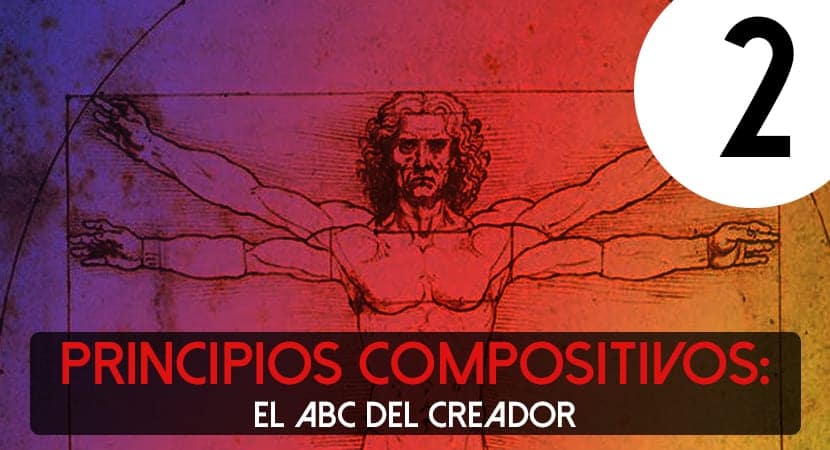
Obviously, can be deepened quite a bit in each of these concepts and in fact we will do it in later articles:
- Rhythm: The term nests originally in the musical universe. The meaning it has is absolutely the same in the world of images. The beat of the music would be the figure in our compositions and silence would be the space around that figure. The rhythm expresses movement through the necessary repetition of elements following a structure. Artists control this movement around a work of art by making the viewer's gaze move instead of physically moving the composition. The pattern is a visual repetition. All rhythms have patterns but not all patterns have rhythms. In design we can find two types of rhythms. On the one hand we find the regular rhythm, which is the one obtained from the repetition of a pattern. On the other hand, there is the progressive rhythm, which represents an organic or natural movement that is used to create visual movement.
- Modulation or frame: The module is the element adopted as the unit of measure to determine the proportions between the different parts of a composition and that is systematically repeated in space. These are identical or similar shapes that appear more than once in a design. The presence of these elements helps to unify the composition.
- Balance or balance: It is about the organization of the elements so that nothing dominates part of the composition, that is, it seems more dense, heavy or somehow imposes more on that part. We find three types of equilibria: The symmetric (it is divided in half and both parts are equal, for example, the yin and the yan), the asymmetric (it does not weigh the same on both sides) and the radial (it is equal in length from the center , such as the sun).
- Directionality: The lines of action that determine the shape of the composition should be clearly defined. These are called guidelines, and we can understand them as the line. They are born from the relationships that define the universe or area of action and in a strategic way these determine a dominant vision. Its good use will help us to inject harmony into our composition reflected in the spatial structure.
- Hierarchy: Obviously the unity of the composition requires that the tension between forces and the stimuli carried out be integrated by a dominant element. The dominant element is supported and complemented by other elements in a subordinate condition. We will have a hierarchy caused by the reading order, size, color, arrangement, location or arrangement of elements.